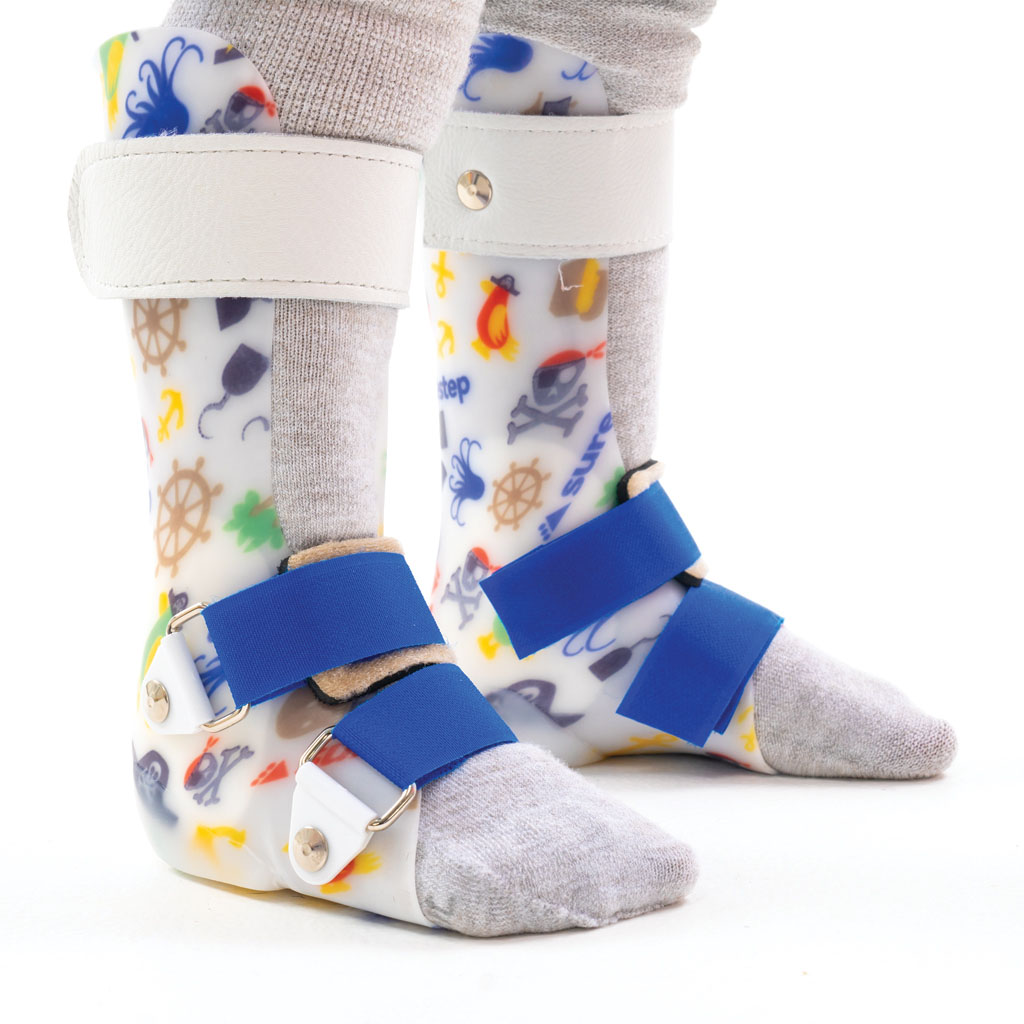The Best Strategy To Use For Foot Braces
Table of ContentsThe Buzz on Foot BracesLittle Known Facts About Foot Braces.Some Known Questions About Foot Braces.
(1) Background: ankle-foot orthosis (AFO) is the most generally suggested orthosis to individuals with foot decrease, and ankle joint and foot issues. In this study, we intended to assess the typically used kinds of AFO and introduce the current advancement of AFO. (2) Methods: narrative evaluation. (3) Results: AFO avoids the foot from being dragged, provides a clearance between the foot and the ground in the swinging phase of stride, and keeps a stable position by permitting heel contact with the ground during the position stage.By putting thermoformed plastic to cover the positive plaster design, it generates the orthosis in the exact shape of the model. PAFO typically contains a shank covering, foot plate, and Velcro band, with depend upon ankle joint joints as required [13,14] PAFO can be identified according to the visibility of joints, mainly as strong ankle joint types without joints and pivoted ankle joint kinds with added hinges.
The leaf-like creases are intended to strengthen the component of the ankle joint with one of the most amount of activity and repeated loadings. The creases serve as a springtime in the ankle joint that allows mild dorsiflexion in the mid and terminal positions, and this elasticity can also marginally assist the push-off feature in the incurable position.

The 6-Minute Rule for Foot Braces
The plantarflexion can also be entirely limited by fitting the shells at 90 without area in between. The Gillette joint, like the Oklahoma joint, connects a different shank shell with the foot covering, permitting both plantarflexion and dorsiflexion. HAFO is commonly used in youngsters with abnormal diplegia and patients with abnormal hemiplegia after stroke, as it can extend the ankle plantar flexor to decrease tightness useful site and minimize topsy-turvy muscle-response patterns.
